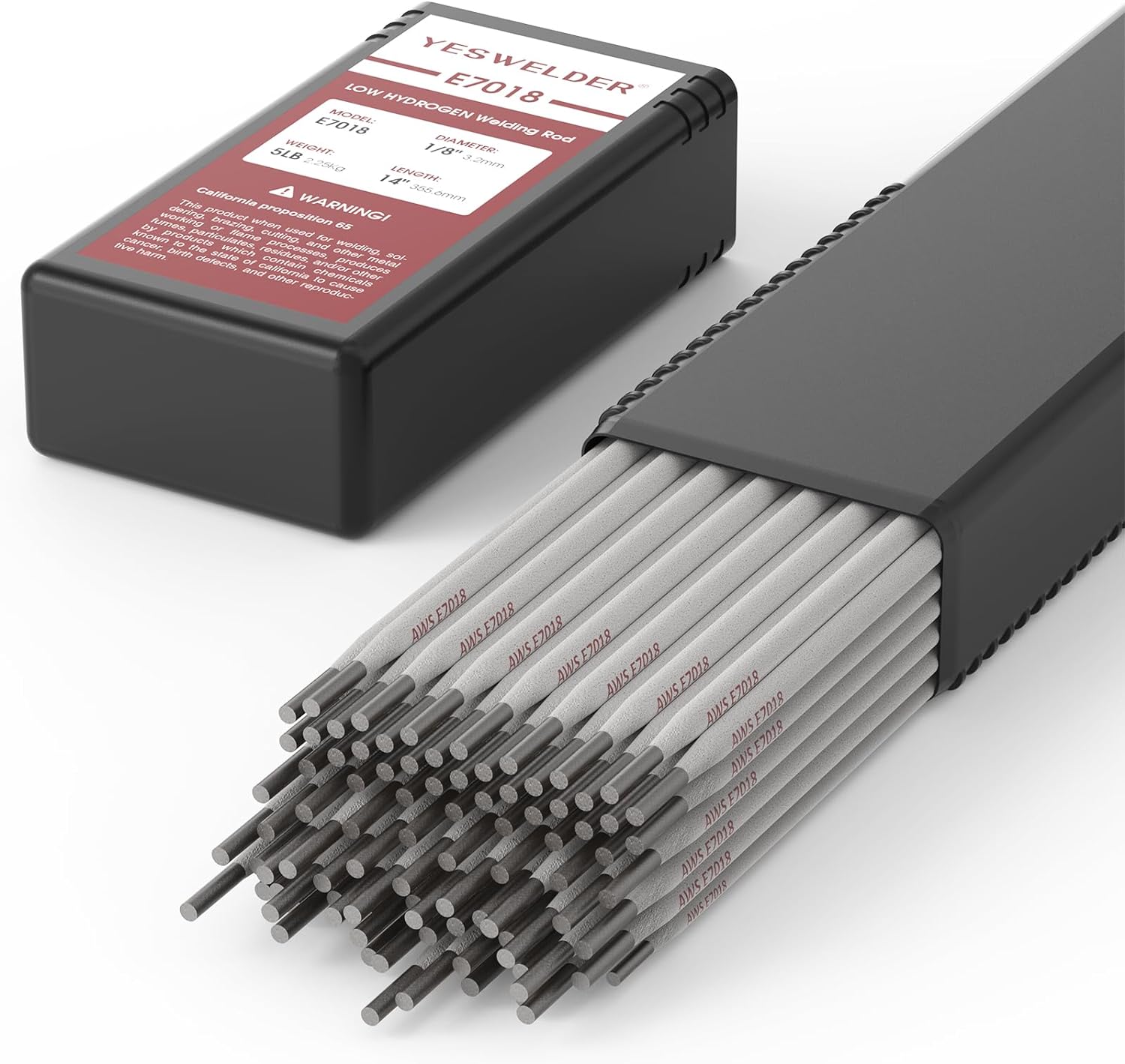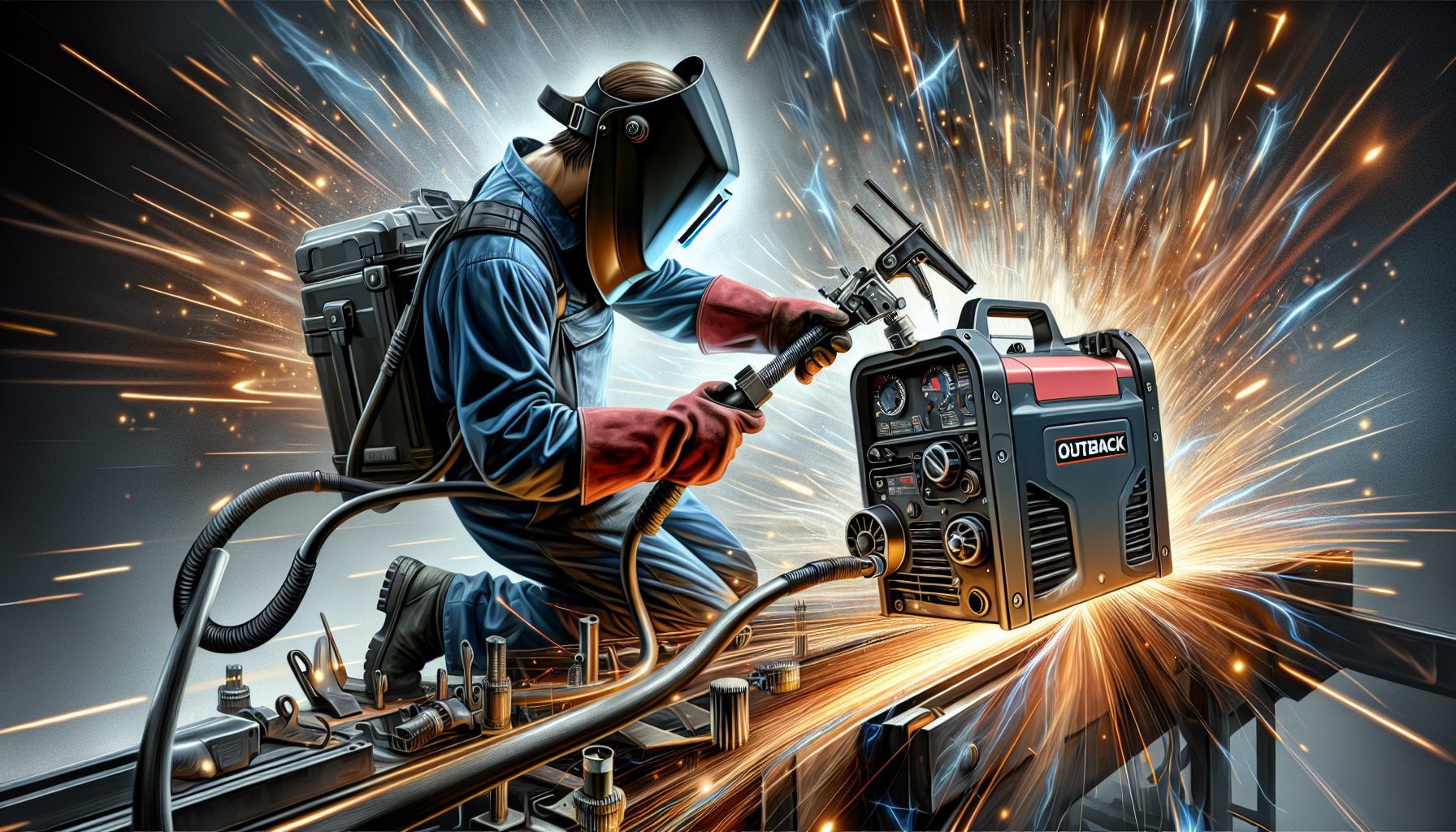In the world of welding, protecting oneself from potentially harmful fumes is of utmost importance. With the constant exposure to various gases and particles produced during the welding process, it is crucial to be aware of the necessary precautions to safeguard your health. This article aims to provide you with practical tips and methods to effectively protect yourself from welding fumes, ensuring that your welding endeavors remain safe and healthy. From using proper ventilation systems to wearing appropriate personal protective equipment, we’ll guide you through the essential steps to safeguard yourself from the potentially harmful effects of welding fumes.
Understanding Welding Fumes
What are welding fumes?
When you engage in welding activities, such as soldering, brazing, or cutting, you are bound to encounter welding fumes. These fumes are a complex mixture of fine particles and gases that are formed when the heat generated during the welding process vaporizes the metallic materials you are working with. The composition of welding fumes can vary depending on the type and composition of the metal being welded, as well as the specific welding process used.
Types of welding fumes
There are several types of welding fumes that you should be aware of. Some of the most common compounds found in welding fumes include:
-
Metallic Fumes: These are the particles that are released when the metal being welded evaporates. Common metallic fumes include iron, zinc, nickel, chromium, and aluminum.
-
Gaseous Fumes: These are gases that are released during the welding process. Examples of gaseous fumes include carbon monoxide, nitrogen oxides, and ozone.
-
Flux Fumes: Flux is often used during welding to remove impurities and protect the welding area. Flux fumes consist of various compounds, such as fluorides, silicates, and metal oxides.
Understanding the different types of welding fumes is crucial for assessing the potential health risks associated with exposure.
Health Risks Associated with Welding Fumes
Respiratory issues
Inhaling welding fumes can have detrimental effects on your respiratory system. The fine particles in welding fumes can penetrate deep into your lungs and cause a range of respiratory issues. Welders exposed to high levels of welding fumes may experience symptoms such as coughing, wheezing, shortness of breath, and bronchitis. Prolonged exposure to welding fumes can also contribute to the development of chronic respiratory conditions such as asthma and chronic obstructive pulmonary disease (COPD).
Irritation of eyes, nose, and throat
Welding fumes can irritate your eyes, nose, and throat. These fumes contain gases and particles that may cause symptoms such as redness, itching, burning sensation, and excessive tearing in the eyes. Irritation of the nose and throat can lead to symptoms like sneezing, runny nose, sore throat, and hoarseness. It is crucial to protect your eyes, nose, and throat from welding fumes to prevent discomfort and potential long-term damage.
Metal poisoning
Certain metals present in welding fumes, such as lead, cadmium, and manganese, can cause metal poisoning when inhaled in high concentrations. Metal poisoning can lead to various health issues, including neurological disorders, kidney damage, and reproductive problems. It is essential to minimize exposure to welding fumes containing these toxic metals through proper ventilation and personal protective equipment.
Long-term health effects
Exposure to welding fumes over an extended period can have long-term health effects. Welders who are regularly exposed to welding fumes without adequate protection may be at a higher risk of developing conditions such as lung cancer, kidney damage, and damage to the central nervous system. It is crucial to understand and address the health risks associated with welding fumes to ensure the well-being of welding professionals.
Regulations and Standards for Welding Fumes
Occupational Safety and Health Administration (OSHA) guidelines
The Occupational Safety and Health Administration (OSHA) has set specific guidelines to protect workers from the hazards of welding fumes. OSHA requires employers to implement engineering controls, such as proper ventilation systems, to reduce exposure to welding fumes. They also require the use of personal protective equipment (PPE) and recommend regular monitoring and medical surveillance to ensure workers’ safety.
National Institute for Occupational Safety and Health (NIOSH) recommendations
The National Institute for Occupational Safety and Health (NIOSH) offers recommendations for controlling welding fume exposure. NIOSH recommends implementing effective local exhaust ventilation (LEV) systems to remove welding fumes at their source. Additionally, they emphasize the importance of using respiratory protective equipment and implementing proper work practices to minimize exposure to welding fumes.
American Conference of Governmental Industrial Hygienists (ACGIH) threshold limit values
The American Conference of Governmental Industrial Hygienists (ACGIH) has established threshold limit values (TLVs) for various substances, including metals present in welding fumes. These TLVs provide guidance on safe exposure limits for different compounds, helping employers and workers determine acceptable levels of exposure and prioritize necessary control measures.
Identifying and Assessing Exposure
Common sources of welding fumes
To effectively protect yourself from welding fumes, it is crucial to identify their common sources. Welding fumes can originate from various welding activities, such as arc welding, gas welding, and flux-cored arc welding. Additionally, the composition of welding fumes can vary depending on the type of metal being welded, the welding process used, and the presence of flux or other auxiliary materials.
Methods to measure exposure
To assess your level of exposure to welding fumes, a range of methods can be used. Air sampling is a common technique employed by occupational health professionals to quantify the concentration of welding fumes in the breathing zone. Personal monitoring devices, such as air sampling pumps equipped with filters or sorbent tubes, can provide accurate measurements of exposure. Additionally, real-time monitoring instruments can be used to assess instantaneous exposure levels during welding operations.
Factors influencing exposure levels
Several factors can influence your exposure to welding fumes. These include the duration of your exposure, the proximity to the welding operation, the type of welding process and consumables used, the ventilation in the work area, and the efficiency of personal protective equipment. It is crucial to consider these factors when assessing your exposure levels and implementing appropriate controls.
Selecting the Right Personal Protective Equipment
Respiratory protective equipment
One of the most critical aspects of protecting yourself from welding fumes is selecting the right respiratory protective equipment (RPE). Respirators, such as powered air-purifying respirators (PAPRs) and air-supplied respirators, can provide effective protection against inhaling hazardous welding fumes. It is important to choose an RPE that suits the specific welding process and the level of exposure.
Eye and face protection
Welding operations can produce intense light, sparks, and debris, posing a significant risk to your eyes and face. Wearing appropriate eye and face protection, such as welding helmets or goggles with shaded lenses, can help prevent eye injuries and protect you from potential harm caused by welding fumes.
Skin protection
Your skin can also be exposed to welding fumes, especially if you come in direct contact with the materials being welded. Wearing suitable protective clothing, such as welding gloves and aprons, can offer a barrier against skin contact with welding fumes and potential burns.
Protective clothing
In addition to skin protection, wearing appropriate protective clothing is essential to minimize exposure to welding fumes. Flame-resistant clothing, such as coveralls, shirts, and pants made from fire-resistant materials, can help protect your body from sparks, molten metal, and potential heat hazards associated with welding operations.
Proper fit and maintenance
Ensuring the proper fit of personal protective equipment is crucial for its effective use. Ill-fitting respiratory masks or loose-fitting protective clothing can compromise your protection against welding fumes. Regular maintenance, inspection, and replacement of damaged equipment also play a vital role in maintaining the effectiveness of personal protective equipment.
Ventilation Systems and Controls
Local exhaust ventilation (LEV)
Local exhaust ventilation (LEV) systems are highly effective in controlling and removing welding fumes at their source. These systems capture and remove welding fumes directly from the work area, preventing them from dispersing into the surrounding environment. Proper installation and maintenance of LEV systems are essential to ensure their optimal functioning and effectiveness in reducing exposure.
General ventilation
When local exhaust ventilation is not feasible, general ventilation can provide some level of control over welding fumes. General ventilation systems supply fresh air to the entire workspace, diluting and reducing the concentration of welding fumes. However, it is important to note that general ventilation alone may not provide sufficient protection and should be coupled with other control measures.
Engineering controls
Implementing engineering controls is paramount for reducing exposure to welding fumes. This may include modifying welding processes or materials to minimize the generation of fumes, using welding curtains or screens to contain fumes, and implementing proper work practices to reduce fume emissions. It is essential to consult with occupational health and safety professionals to identify and implement suitable engineering controls for your specific welding operations.
Safe Working Practices
Work area organization
Keeping your work area clean and organized can help minimize exposure to welding fumes. Adequate ventilation, proper isolation of the welding area, and regular removal of combustible materials can significantly reduce the risk of exposure to fumes and associated hazards.
Proper handling and storage of materials
Welding materials, such as metal alloys, flux, and coatings, should be handled and stored safely to prevent the release of harmful substances. Follow proper storage and handling guidelines provided by the manufacturers to minimize the risk of exposure to toxic components and ensure their integrity.
Safe distance from welding operations
Maintaining a safe distance from active welding operations is crucial for reducing exposure to welding fumes. If you are not directly involved in the welding process, maintaining a safe distance and utilizing physical barriers or welding curtains can help protect you from inhaling fumes and prevent potential injuries.
Welding in confined spaces
Welding in confined spaces can significantly increase the concentration of welding fumes and pose additional risks. Special precautions must be taken when welding in confined spaces, including adequate ventilation, respiratory protection, and proper monitoring to ensure a safe working environment.
Practicing good personal hygiene
Practicing good personal hygiene can help minimize the potential transfer of welding fumes from your hands or clothes to other areas of your body. Thoroughly wash your hands and face after welding activities and change out of contaminated clothing to reduce the risk of inadvertent exposure.
Training and Education
Welding safety training
Proper training is essential to ensure that individuals working with welding processes are aware of the hazards associated with welding fumes and equipped with the necessary knowledge and skills to protect themselves. Welders should receive comprehensive training on the proper use of personal protective equipment, safe work practices, and emergency response procedures.
Awareness of potential hazards
Promoting awareness of potential hazards related to welding fumes is crucial to encourage proactive protection. It is important for all individuals involved in welding activities to understand the health risks associated with welding fumes and the necessary precautions to reduce exposure. Regular communication and training sessions can help maintain awareness and ensure a safety-conscious work environment.
Emergency response procedures
In the event of an emergency related to welding fumes, it is essential to have well-defined emergency response procedures in place. All workers should be familiar with these procedures, including how to respond to respiratory distress, eye injuries, or chemical exposures. Regular drills and training on emergency response can help ensure a timely and coordinated response in case of an incident.
Regular Maintenance and Inspection
Inspection of welding equipment
Regular inspection of welding equipment is crucial to detect any faults or damage that can affect the generation or release of welding fumes. Adequate maintenance, cleaning, and proper storage of welding equipment can help prevent leaks, reduce fume generation, and ensure the optimal performance of welding operations.
Replacement of damaged parts
Any damaged or faulty parts of welding equipment should be promptly replaced to prevent unintended release of toxic fumes. This includes inspecting and replacing damaged ventilation systems, hoses, masks, filters, and other components that may impact the containment and removal of welding fumes.
Maintenance of ventilation systems
Proper maintenance of ventilation systems is essential to ensure their effectiveness in controlling welding fumes. Clean and replace filters regularly, inspect ductwork for blockages or leaks, and ensure proper airflow to maintain an efficient ventilation system. Regular maintenance and testing will help identify any issues and address them promptly.
Monitoring and Medical Surveillance
Periodic air monitoring
Periodic air monitoring is essential to assess the effectiveness of control measures and ensure compliance with exposure limits. Regular monitoring helps identify areas that require improvement in ventilation, work practices, or personal protective equipment. Monitoring also provides valuable data for evaluating the long-term effectiveness of control measures and identifying trends or changes in exposure levels.
Regular medical check-ups
Regular medical check-ups are crucial for individuals regularly exposed to welding fumes. These check-ups can detect early signs of occupational diseases and assess the overall health of individuals. It is important to establish a regular schedule for medical check-ups and encourage individuals to report any symptoms or health concerns related to welding fume exposure.
Early symptom detection
Promptly recognizing and addressing any symptoms related to welding fume exposure is essential for early intervention and prevention of long-term health effects. Encourage individuals to report any respiratory issues, eye irritation, or other symptoms that may be associated with welding fumes. Early symptom detection allows for timely action, such as adjusting control measures or seeking medical attention, to mitigate potential health risks.
In conclusion, understanding welding fumes and the associated health risks is essential for protecting yourself in welding environments. By following regulations and standards, identifying and assessing exposure, using appropriate personal protective equipment, implementing ventilation systems and controls, practicing safe working practices, receiving training and education, conducting regular maintenance and inspections, and monitoring your exposure and health, you can effectively safeguard yourself from the potential hazards of welding fumes.




































